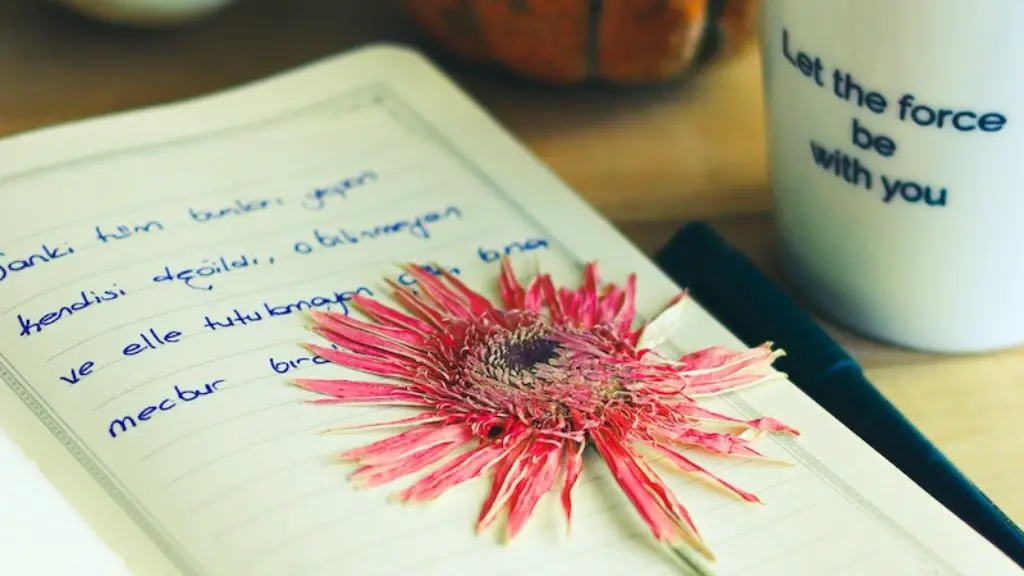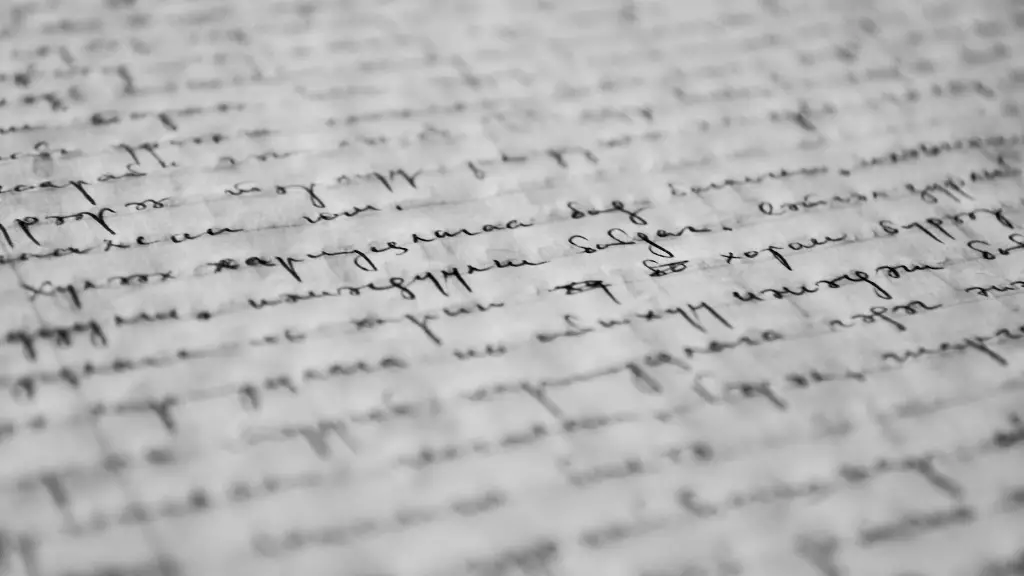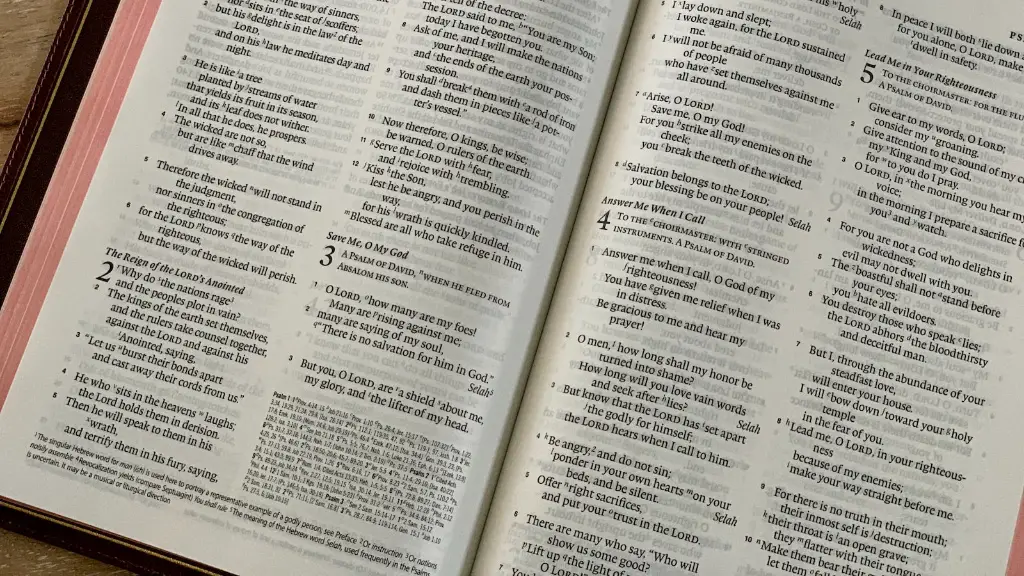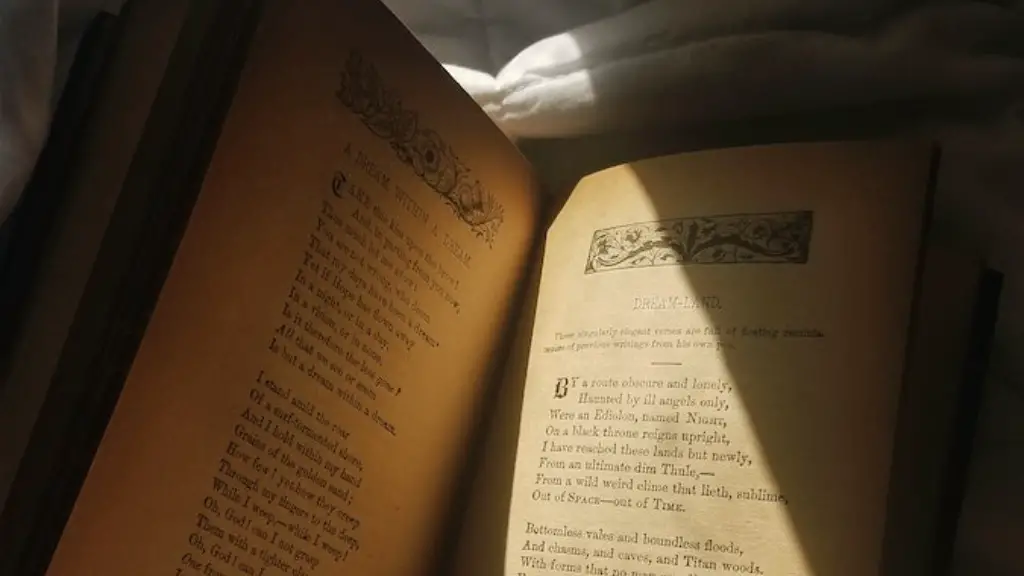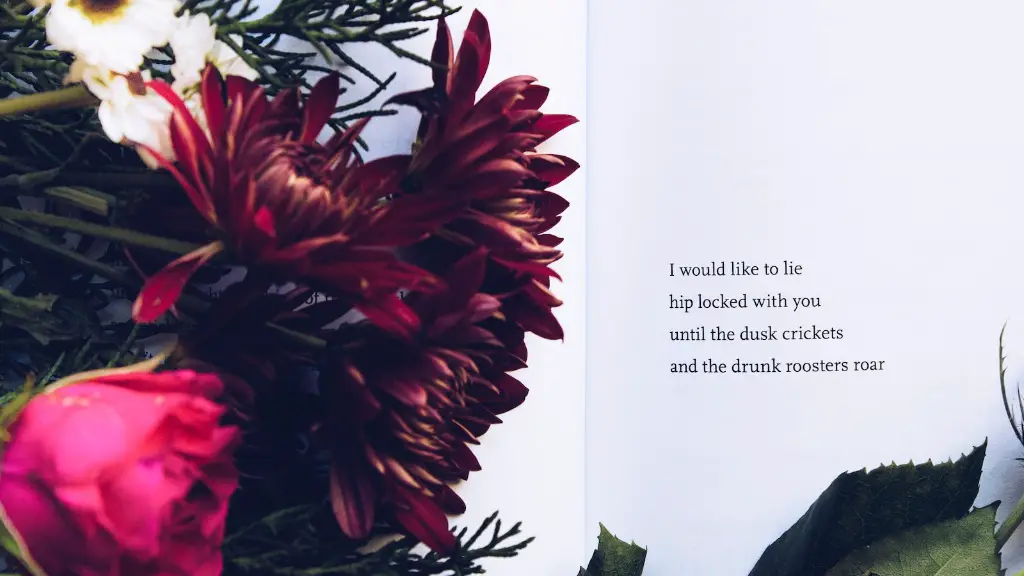Why is rhythm important in poetry?
Rhythm in poetry is effectively the underlying “music” of the poem that helps accentuate its crucial elements, such as imagery and emotion. In the words of Dr Melisa Cahnmann-Taylor who is a professor of literacy and language education, “Poets use rhythm to attend to the sounds of their language, to shape and move readers through sound and feeling.”
Aside from the individual creative motivation, rhythm also has a practical purpose in that it can help weary readers engage and follow the story, in effect reducing the mental energy required to comprehend and immerse into the poem. As aptly described by world renowned poet Pam Ayres, “Rhythm is actually a way in which the author can make the poem easier to digest…providing a seatbelt or a handrail which makes stories easier to remember”.
In addition to helping readers, expert poetry editors and literary agents also find rhythmic patterns helpful in assessing the readability and memorability of a poem. An anonymous literary agent interviewed by the BBC in 2006 claimed that rhythmic poems can actually become “more like books with a rhythm that can be almost hummed, so they breathe and move”. Similarly, editors suggest that carefully placing the rhythm to reinforce key elements of the poem can make it more authoritative.
On a more aesthetic level, rhythm also helps create an enjoyable experience by adding complexity to the poetry. After all, a poem without rhythm is effectively just a series of sentences with no movement. “It’s the difference between sculpture and painting,” says John Burnside, a professor in English literature. As the readers progress through the poem, the rhythm helps them to understand the emotion and content of the poem to a greater level.
To give an example of how rhythm works, one can look at the works of Edgar Allan Poe who often uses rhythm as an instrument of horror. The most acclaimed example of his works “The Raven” uses a tight rhyme scheme, internal rhyme and alliteration to pace the progression of the poem. As a result, readers are left with an eerie feeling that builds up as they crawl deeper and deeper into the poem.
Language Variations in Different Cultures
Poetry can vary greatly in different cultures, with respect to its conventions, such as the rhythmic structure of the poem. A deeper examination reveals that rhythm is at the core of every poem regardless of its origin. An example is the comparison between Western and Chinese poetry. In works of Western poets, rhythm often works similarly to a “beat” that drives the poem further whilst the Chinese scripts traditionally adhere to specific outwitting order of tones. Yet even in these distinct forms of poetry, the crucial role of rhythm remains similar.
In Latin-American Poetry, for example, one can encounter even more unique structure due to the fusion between Spanish and indigenous languages that form an entirely new world of poetry. In traditional native-american poetry for instance, war chants and courting songs require great familiarity with rhythm regardless of their grammatical content. As a result, in these cultures, rhythm is seen as an inseparable part of the poem that provides instruction to perform the poem in the correct various of vocal and rhythmical styles.
Modern day poetry has seen further developments of the rhythmic conventions of poetry. Contemporary poets such as Anna Akhmatova, T.S Eliot, and Robert Lowell have all develop new styles of writing that can explore more unique forms different from both Eastern and Western verses. For example, Akhmatova in her poem “Requiem” uses very subtle rhyming patterns to accentuate her incredibly depressing emotional content in her works.
Rhythm and Performance Poems
During the past century, performance poetry has also become increasingly popular as it adds another way of interpreting rhythm in poetry. It has even become a tool in recent political movements, as seen in the prominent works of Gil Scott-Heron and Saul Williams. These poets challenge the traditional conventions of writing poetry by rather focusing on the representational aspect of it.
In a 2019 interview with Writer’s Fodder, Saul Williams spoke of the single factor that unites all performance poetry, which is the oratorical aspect of their works. He claims that to capture the spirit of poetry “you really need to feel the rhythm of the words” and emphasizes the importance of pacing as a tool to make an emotional connection with the concert.
Performance rhythms generally obscure the traditional writing conventions of poems and make use of more graphical concepts of pauses and quick recitals for example. Popular phrases like “pauses`and” “punchlines” are often used to refer to this form of musical structure. To achieve it the poet emphasizes the relationship between words and music, to seamlessly transition between the written poetry and the performative aspect of it, much like Hamilton the musical for example.
Rhythm and Writing Technique
Learning to write poetry can be daunting, however the knowledge of various rhythmic styles can greatly expand the possibilities of writing. Granted, rhythmic patterns are not limited to poetry alone and it can be used to enhance the impact of various forms of writing, such as speeches and short stories.
At its core, learning to appreciate the art of writing usually requires an understanding of the underlying library of elements that make sense and ultimately what the readers search for. With that understanding, the writer can begin to develop their unique style that uses both rhetorical and rhythmic strategies to engage with readers.
An exercise commonly suggested to help develop this writing skill is to focus on end word rhymes. This can be as simple as looking at a poem and checking the syllables that detract from the main content of the poem to highlight the beauty and nuances of its rhythm.
Knowing how to appreciate these techniques, will tools like alliteration and assonance, can help the new writer rapidly take their prose to the next level.
Online Services for Poetry Writing
In the digital age, we have a myriad of services devoted to facilitate the learning and appreciation of poetry. Popular sites, such as Poetry.org, offer free forums and tutorials to teach the basics of rhythm, as well as provide feedback and constructively guide the newcomers of the world of poetry.
Aside from Poetry.org, a wide range of lyric writing services are also available. These services are ideal for those aspiring to write elaborate, rhythmic poetry and provides a suite of tools such as syllable analyzer and thesaurus add-ons that can help transform a basic poem into an unbeatable spectacle.
These online services are invaluable for anyone who wishes to learn the fundamentals of poetic writing. What’s more, many of these services are entirely free. This means that anyone with a passion for poetry can write an immediate piece from the comfort of their own home.
Rhythm and Word Choice
Another important aspect of poetic writing to consider is word choice. As the context of words changes with every language, so does the content of their rhymes. This effect plays a crucial role in poetry as mismatched words can drastically affect the reading experience.
Because of this, writers are often able to produce very different voices with their rhymes, depending on the language they use. Different words can conjure different atmospheres and feelings within the poem and can be accentuated with rhythm.
Famous blues musician Huddie Ledbetter often famously chases this idea by playing with lyrical phrasing in his work. In one of his most remarkable works, ‘Dimples’, he describes a longing for his woman in an almost seductive summary, contrasting ‘pleasure’ with ‘red hot needles’.
Rhythm and Metaphor
Lastly, rhythm is also an important tool in creating impressive metaphors and other literary figures. “Metaphors provide more than just a rhetorical flourish” explains Dr Cahnmann-Taylor. “The repetition of certain words creates energy and force. That building energy creates an anticipation in a poem, which allows the reader or listener to be moved in ways they weren’t expecting.”
For example, the famous poet Langston Hughes often concentrates on creating vibrant metaphors through the use of tight rhythmic patterns. His famous poem ‘Dreams’ crescendos slowly as the poem builds up its main point, ultimately resulting in a mesmerizing finish that few other poets match.
Thus, as demonstrated by the works of professional old and new poets, rhythm has the power to engage and create life-long impressions. It can be used in a huge number of different ways and when employed correctly, it can create works that linger in the minds of readers for a lifetime.
Rhythm and the Art of Poetry
The rhythmic elements did not start with poets, it has an inseparable place throughout all aspects of life. From the music we hear in the radio to the dialogue of our day to day conversations, rhythm has been an important part of our lives. As rightfully said by the 20th Century poet Stanley Kunitz “Poetry is a kind of dancing, and the sound and shape of a poem are as important as its sense and meaning.”
Because of this, prosody, the study of poetic meter, has become an important field of study for many universities. Students take classes on learning and comprehending rhythm of different forms of poetry, such as the ghazal, the glosa and the triad. These classes help in furthering the appreciation of this form of art and help the students to gain a greater grasp of what makes a great poem.
The greatest poets in the world spend years of practice to perfect their skills in poetry, and often look to find and perfect their unique style that is made timeless by their masterful use of rhythm. Thus, for all aspiring poets, rhythm should be seen as an important tool in expressing the beauty of poetry and should be used wisely and respectfully in order to push the boundaries of the art.
